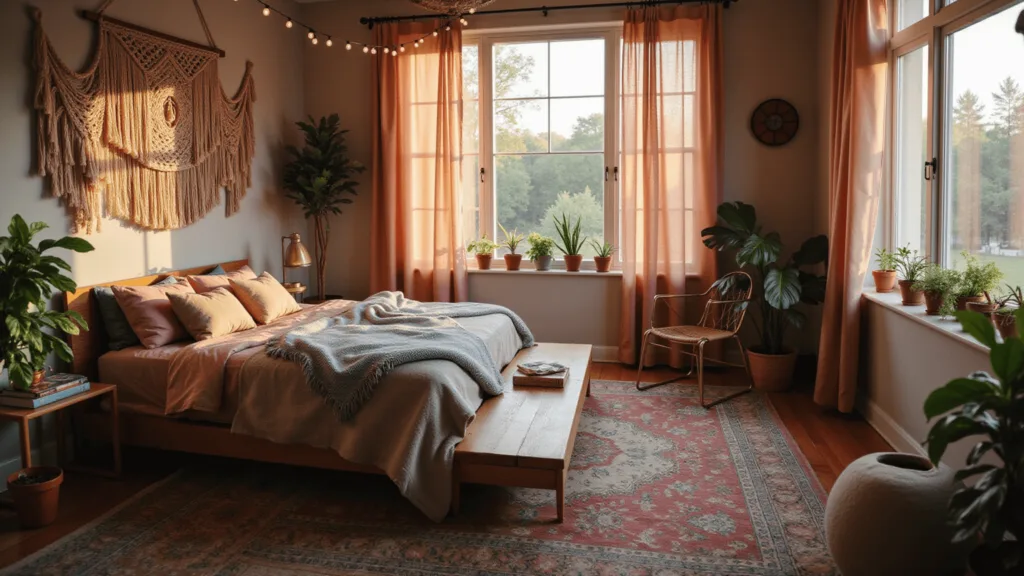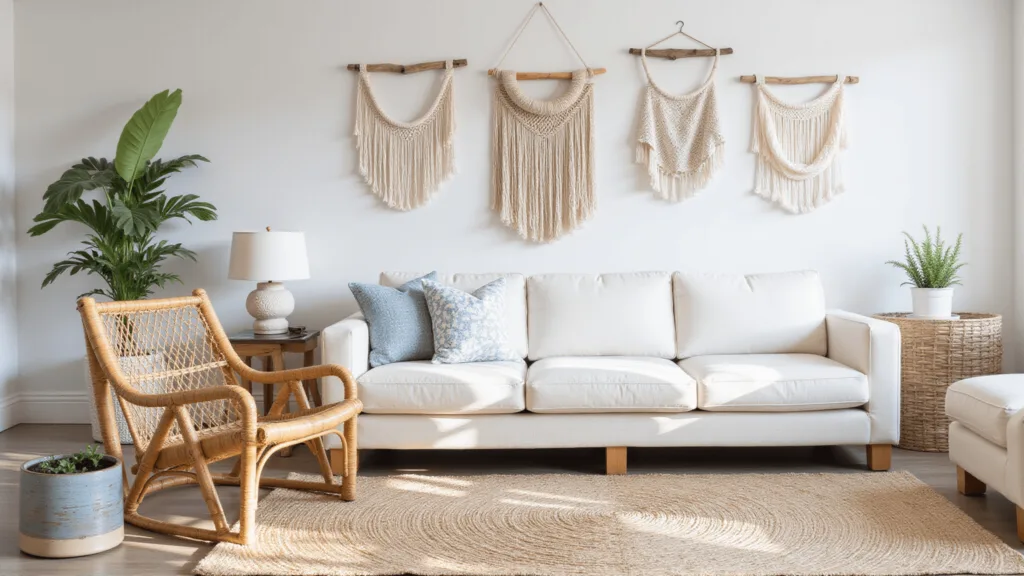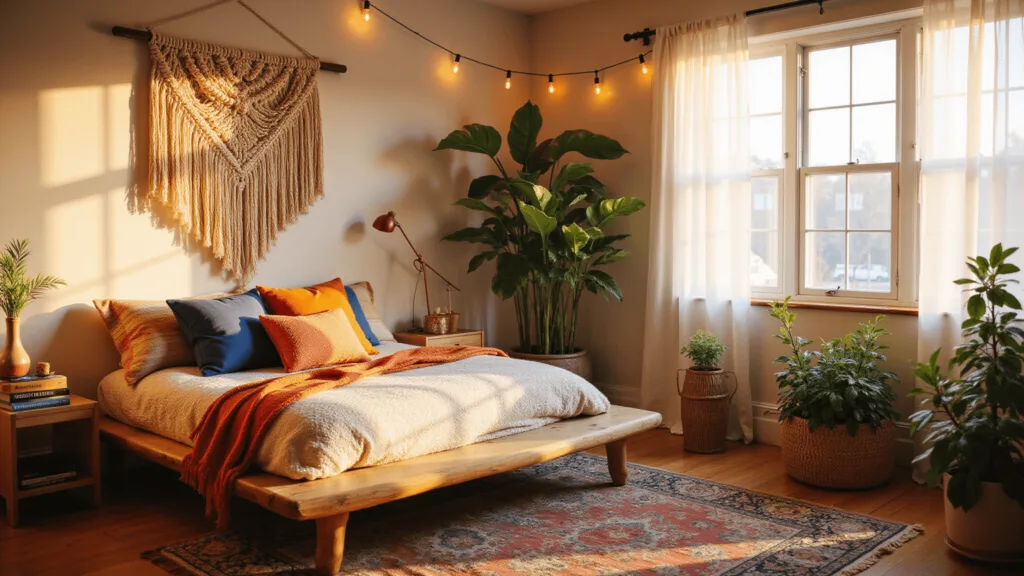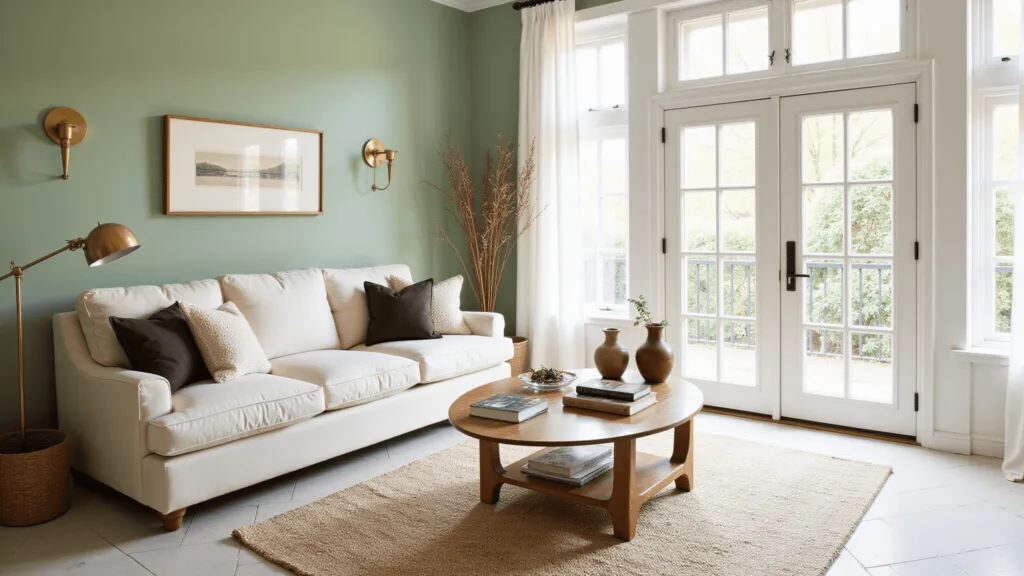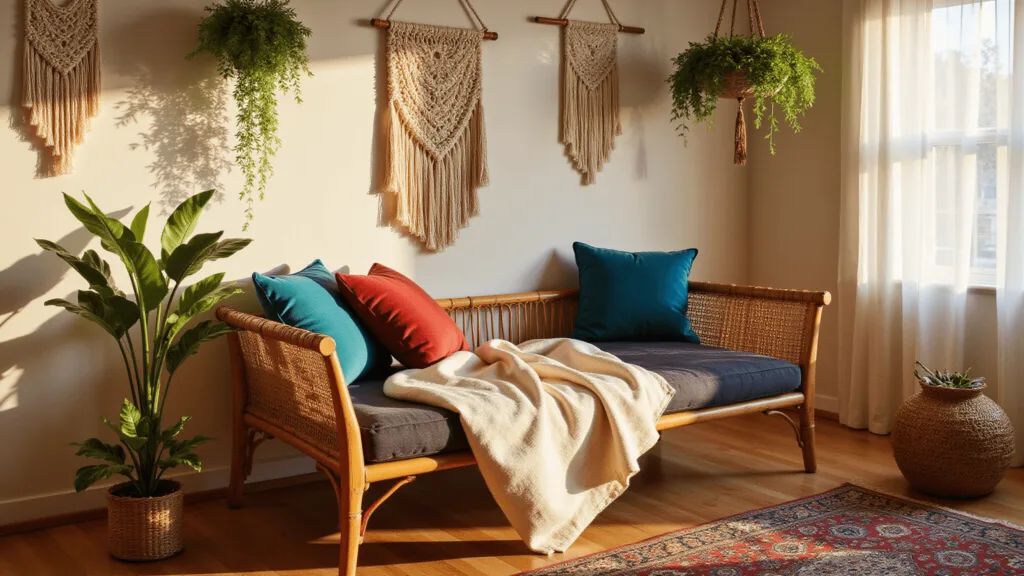Wabi Sabi Painting: Embracing Imperfection Through Art
Imagine creating art that celebrates every crack, wrinkle, and unintended brushstroke. Wabi sabi painting isn’t just a technique—it’s a profound philosophy of beauty that transforms how we see art and life.
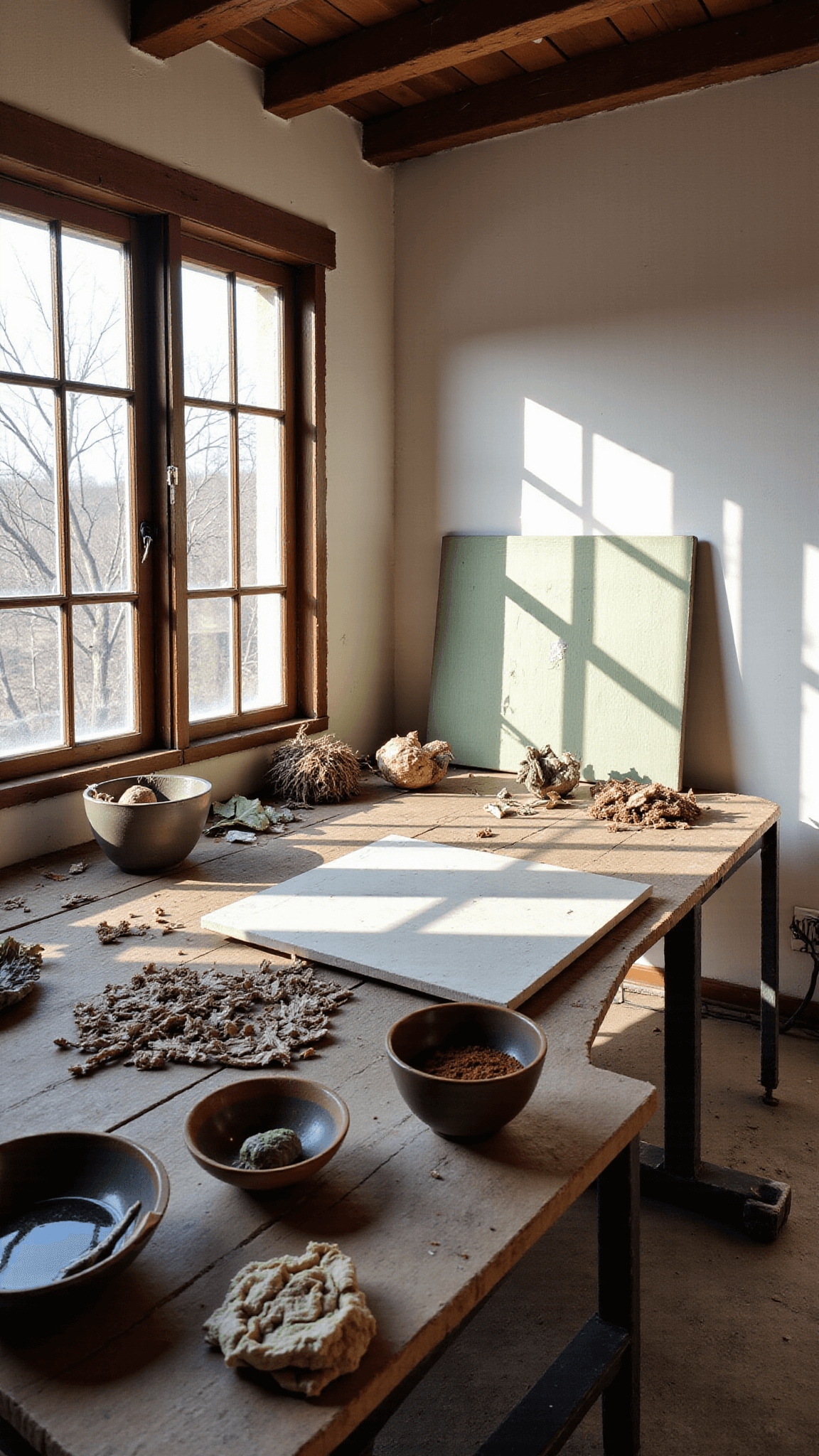
What Makes Wabi Sabi Painting Unique?
Wabi sabi is a Japanese concept that finds extraordinary beauty in the ordinary, imperfect, and transient. In painting, this means:
- Celebrating Flaws: Every “mistake” becomes a feature
- Embracing Simplicity: Less is truly more
- Connecting with Nature: Using earth-inspired materials and colors
- Valuing Process Over Perfection: The journey matters more than the destination
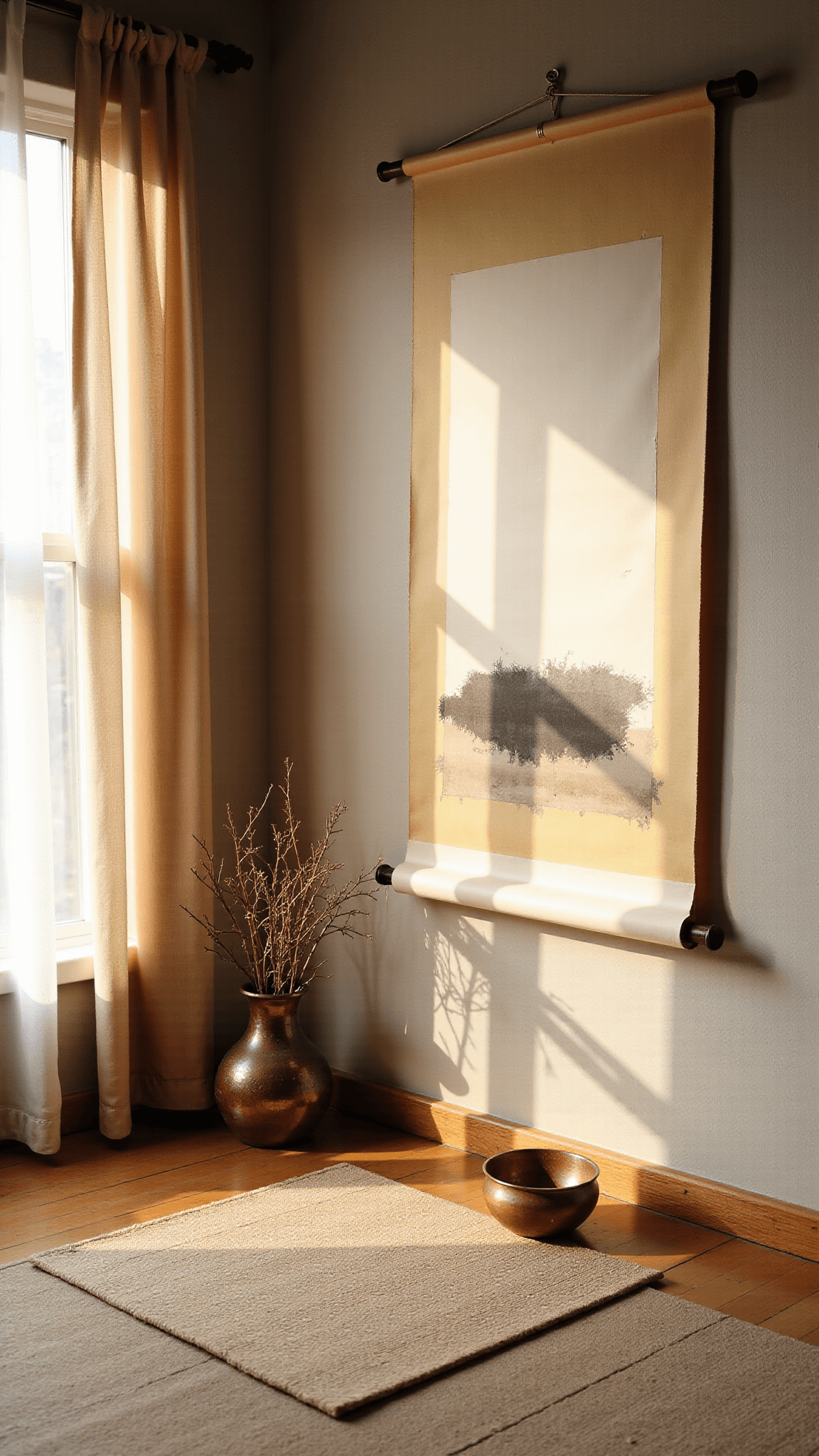
Core Principles of Wabi Sabi Painting
1. Imperfection is Beautiful
Forget chasing perfect lines and smooth surfaces. Wabi sabi says:
- Uneven brushstrokes tell a story
- Cracks reveal character
- Asymmetry creates visual interest
2. Natural Materials Matter
Use materials that breathe life and history:
- Earth pigments
- Natural dyes
- Sand and modeling paste
- Found objects like leaves or bark
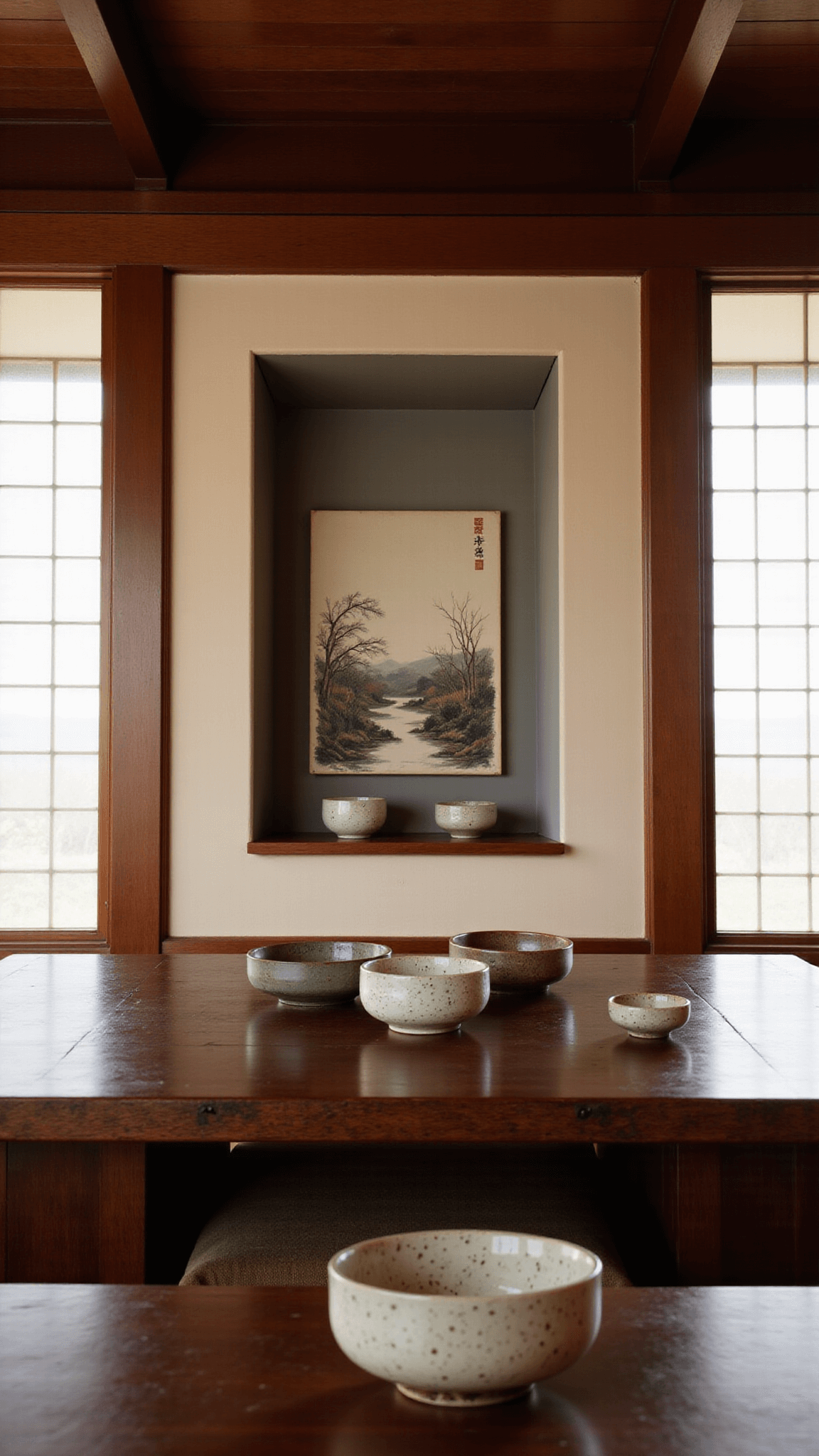
3. Minimalist Color Palette
Stick to colors that whisper, not scream:
- Soft beiges
- Weathered blues
- Muted greens
- Earthy terracotta
Techniques to Create Wabi Sabi Art
Textured Canvas Approach
- Mix acrylic paint with modeling paste
- Spread unevenly on canvas
- Press natural elements into wet paint
- Let imperfections shine
Mixed Media Magic
- Integrate newspaper scraps
- Use worn brushes
- Allow “happy accidents” to remain
- Embrace drips and uneven marks
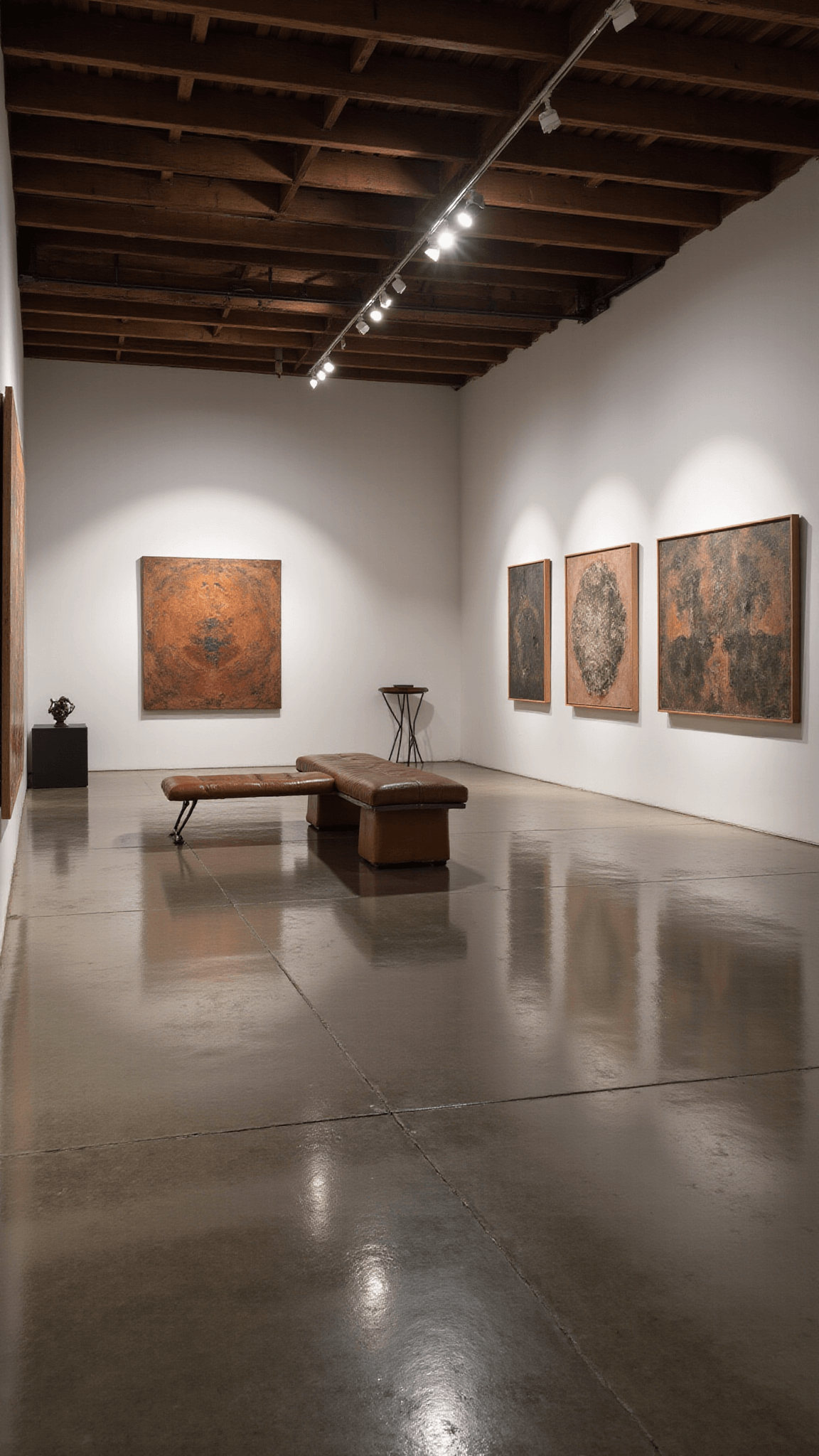
Step-by-Step Wabi Sabi Painting Project
Materials Needed:
- Canvas or wood panel
- Modeling paste
- Acrylic paints (muted tones)
- Natural elements (leaves, twigs)
- Old brushes or palette knife
Process:
- Create textured base with modeling paste
- Layer earthy, translucent colors
- Press natural objects into wet paint
- Highlight unexpected textures
- Allow imperfections to emerge

Inspiration Sources
- Japanese ink wash paintings
- Minimalist landscape art
- Aged, weathered surfaces
- Nature’s subtle color transitions
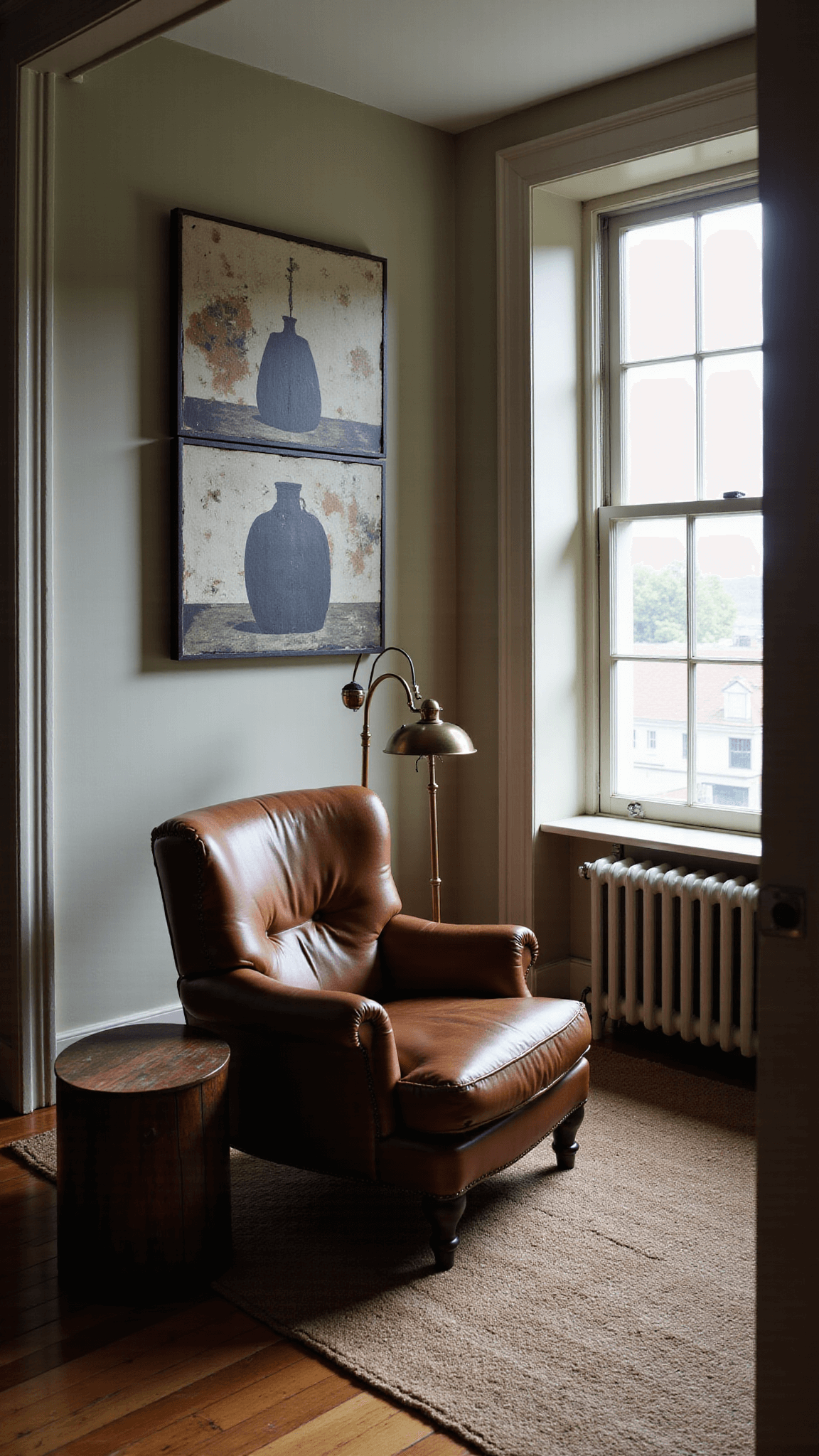
Common Wabi Sabi Painting Styles
- Monochrome grayscale
- Fluid ink washes
- Fragmented spatial compositions
- Layered, partially obscured imagery
Pro Tips
- Don’t Overthink: Let the art emerge naturally
- Slow Down: Meditative process is key
- Experiment: There are no real mistakes
- Connect: Feel the materials and moment
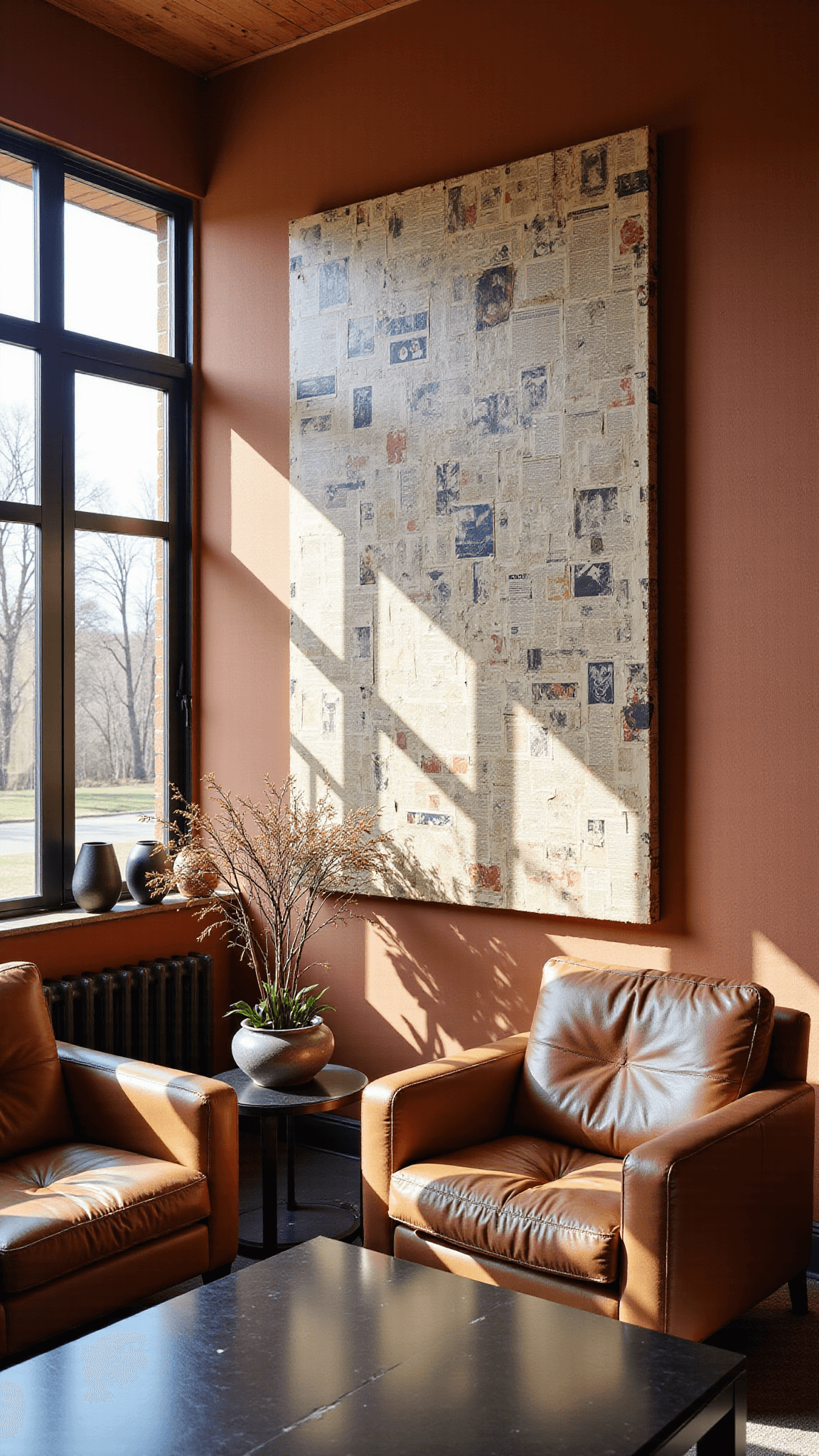
Final Thoughts
Wabi sabi painting isn’t about creating a perfect picture. It’s about capturing a moment, embracing impermanence, and finding beauty in life’s natural rhythms.
Remember: In wabi sabi, every brushstroke tells a story, and imperfection is the highest form of beauty.

